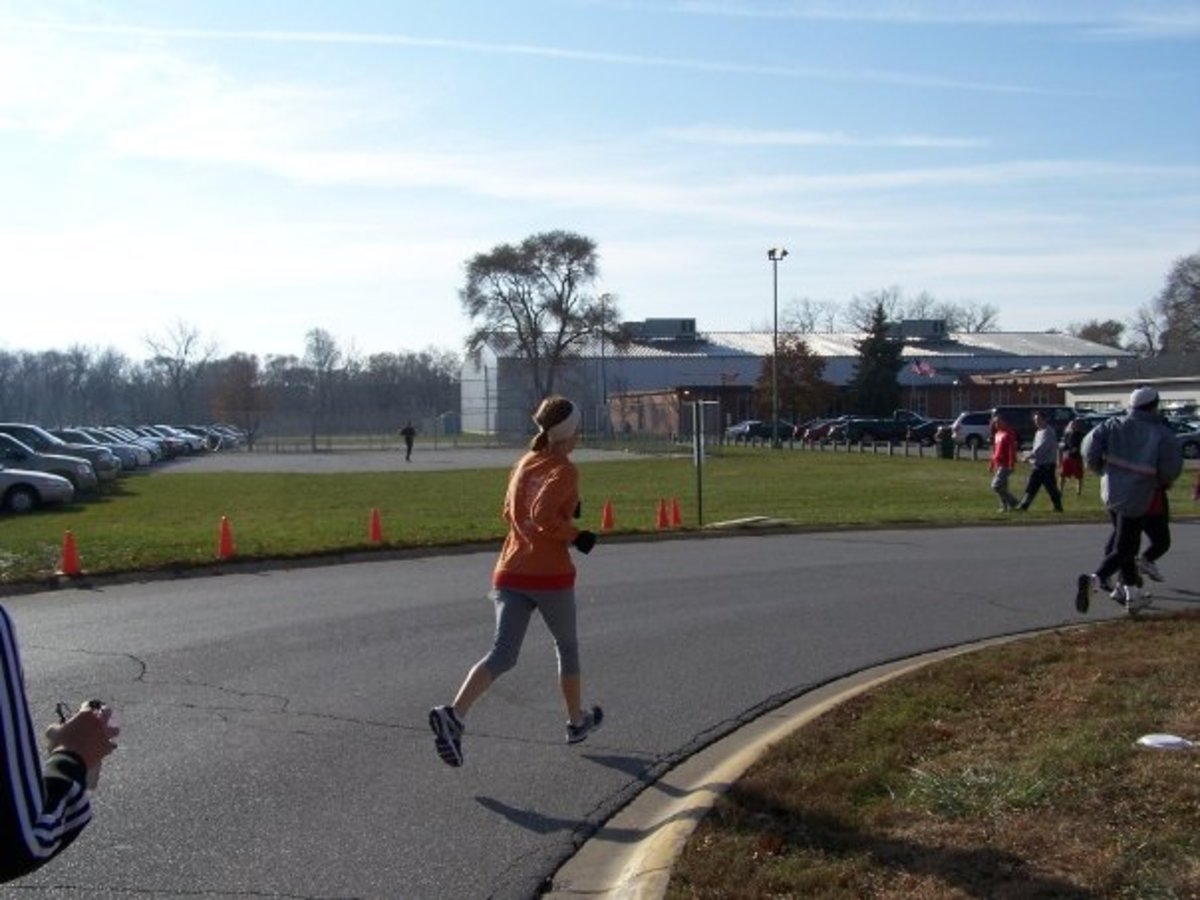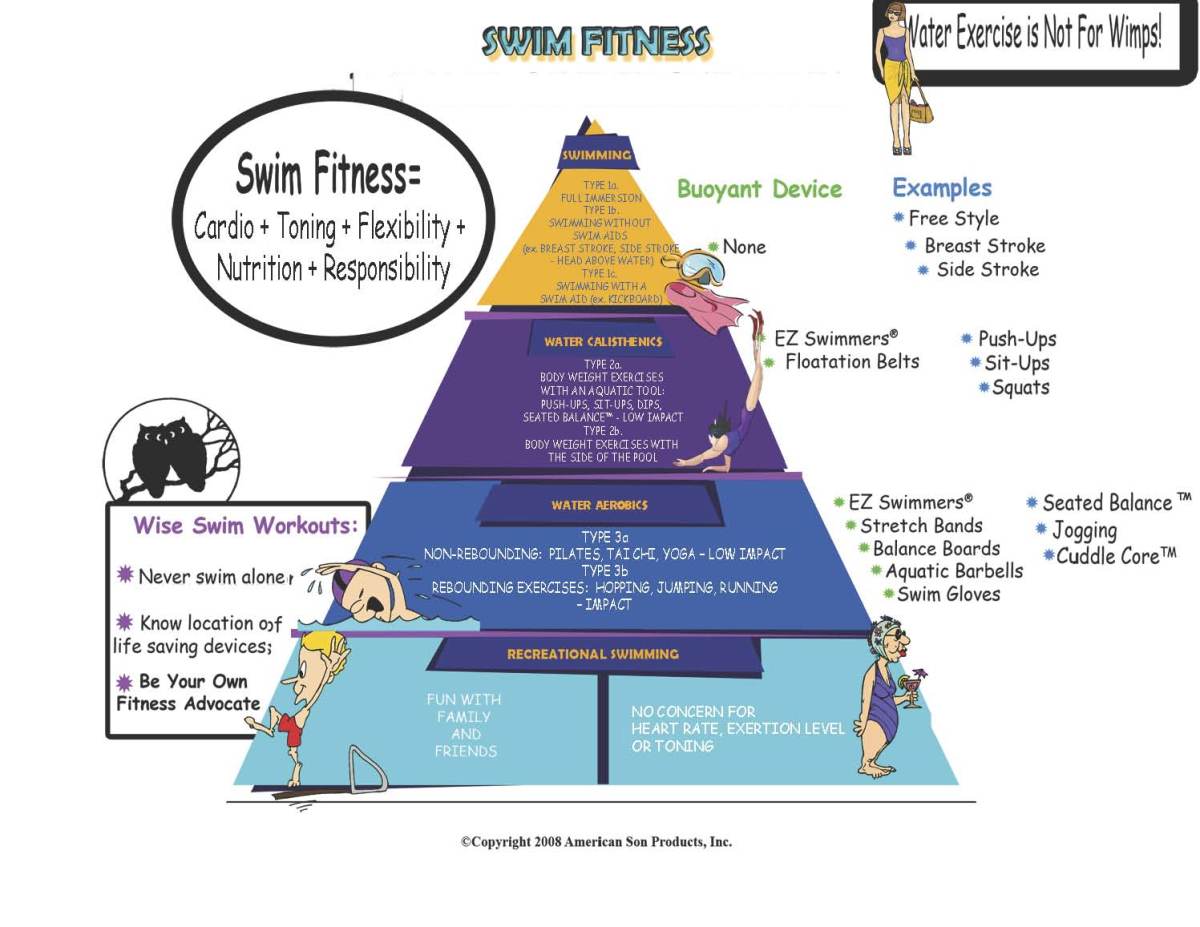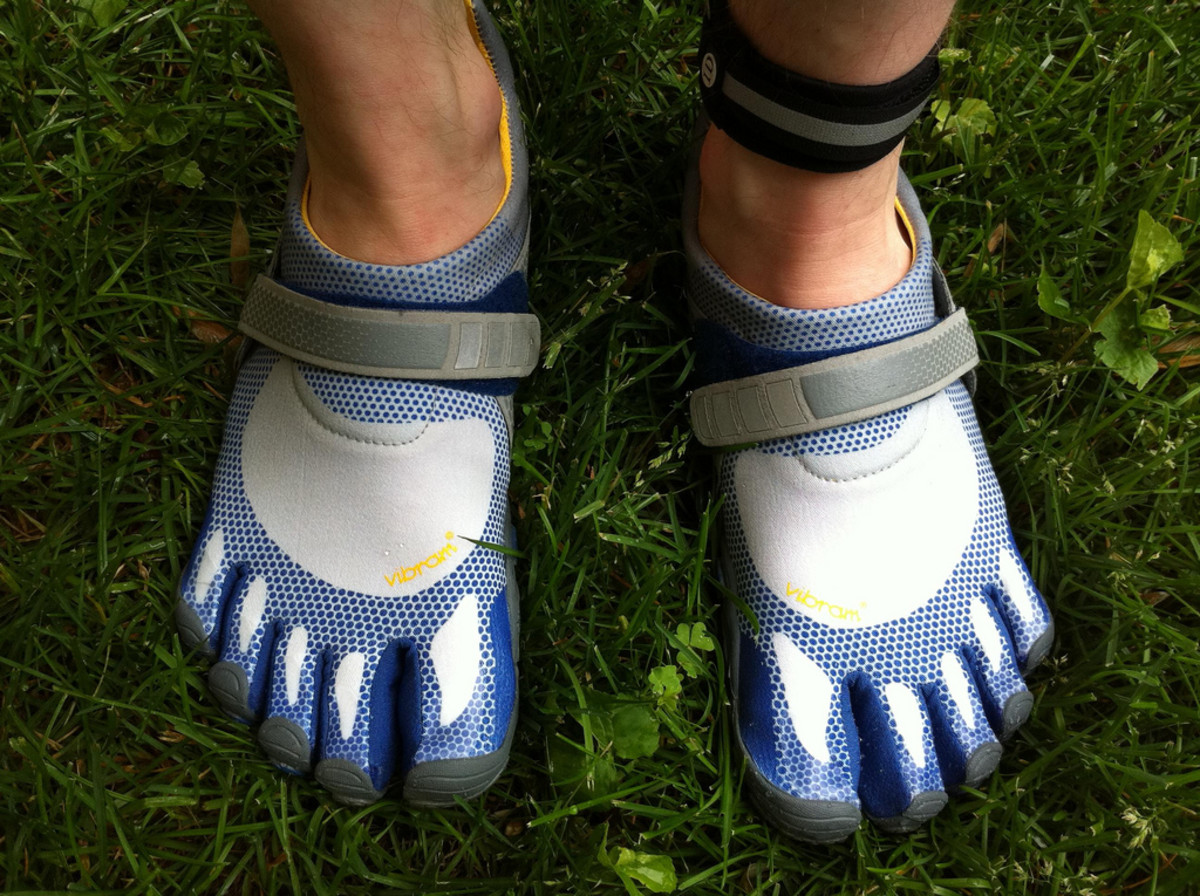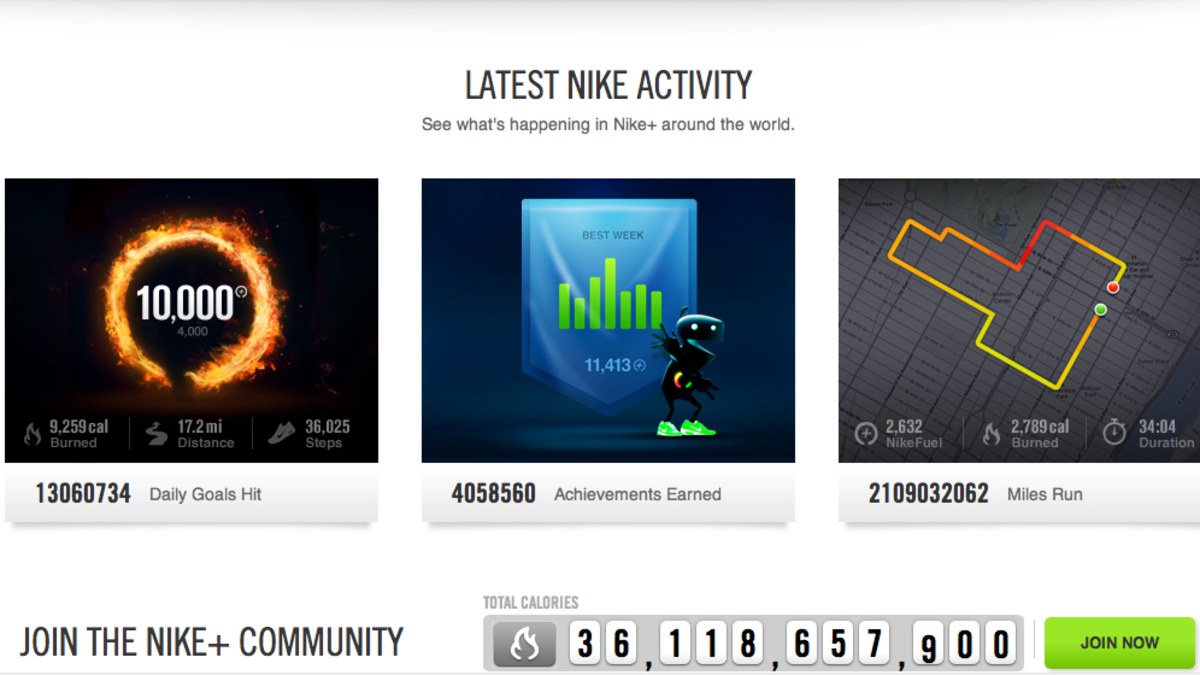Your Beginner's Run Guide

Getting Started
This is a basic running guide for newbies and weekend warriors alike. It is designed to get you up and started without overcomplicating things. I was primarily motivated to write this because of my own circumstances. After being laid up and unable to exercise for a good ten weeks due to a cycling accident, I had to start from essentially scratch to get my legs back into running shape. I also use this plan during the off season, where my goal is simply to maintain fitness and keep my "base". *Disclaimer - Always check with your doctor first and make sure you’re cleared and okay to start an exercise program! If you feel any pain, shortness of breath or faintness always stop. It's always preferable to err on the side of caution when starting any new endeavor.
The fundamental approach of this beginner's run guide is that consistency is paramount! One workout does not a training program make. And, if Yoda was a Jedi running master, I'm sure he'd be dropping that gem on Luke at the outset. For the non-Star Wars geeks, just remember that Rome wasn't built in a day, and that good things develop with time. Hopefully, with this idea at the core of the program, you’ll avoid all those rookie injuries that doing too much too soon will inevitably create.
First things first: Proper footwear!
Everyone’s biomechanics are different to a certain degree, some run with a neutral gait, while others overpronate or supinate. Now, some degree of pronation is necessary, as it is one way your body absorbs shock as you land. Overpronation, is an exaggeration of the body's natural pronation, and is also commonly known as knock knees. Supination, or under pronation, is the flip flop of overpronation, and is also known as bow-leggedness. One way to determine your particular biomechanics is to check the wear on your current pair of running shoes. If the outsole, near the forefoot, is worn towards the inside, then chances are you overpronate and are in need of a bit of support, so your feet will not roll inwards excessively. More wear towards the outside of your foot, indicates that you are a supinator and should look for a shoe with more cushioning as your body's natural shock absorption is minimized. Also, if you have high arches, this is another sign you may be a supinator, the contrary applies to those with flat feet. An even wear pattern means that you have a neutral gait, and you can look for a neutral running shoe. This isn’t an exact science though. To be certain, your best bet is to find a local running store with knowledgeable salespersons who utilize a treadmill and slow motion camera to capture your running gait. This way, they can ascertain which type of shoe fits best and you can give them a test run in the shop. To find a reputable shop, I recommend first starting at a running-based website like runnersworld.com and go from there. If shopping online is your only option, most online running shoe stores will list which shoes are support, cushioning or neutral and have a fit guide. I personally recommend runningwarehouse. They have a wealth of information on choosing the right shoe, great prices, free shipping and free returns.
The ABC's of Run Training
I’d like to reiterate the approach of consistency to your running plan. What do I mean by consistency? I mean getting out to run at least 5 or 6 days a week! What about recovery you say? Easy, short runs will be your recovery! Every run should be kept at a conversational pace, especially when you are just starting out. This means that if you can’t maintain a conversation with someone without gasping for air, you are running too hard. Another method is to breathe through your nose only while running. If you can keep your effort while breathing through your nose exclusively then you are within the proper heart rate zone. It’s also acceptable to break up your run with walking breaks if necessary. If jogging is even too much to ask, start by walking and try a bit of running mixed in. If you keep each daily run within a manageable level for your experience and health, you can avoid injury and build a solid routine. At the end of every run, you should feel like you could do more. Don't make running more difficult than is necessary. Your goal early on should be to just make it out the door and through a workout feeling great. Too many beginning runners think they can gain a marked increase in fitness from a single workout. The fact of the matter is that fitness is built over weeks and months. Don’t think of your run training as what you can do today. You have to think about it on a macro level and what is manageable and achievable on a weekly, monthly or even yearly basis.
How much should you run?
If you want to start with five runs per week, I recommend 3 easy runs and 2 medium runs. Ideally, though, you’ll want to do 6 runs per week, but start where you feel capable. Six runs would break down to 3 easy, 2 medium and one long. Schedule your week by alternating your runs between easy and medium/long. You can make your off day either before or after your long run. Easy runs are your shortest runs, your recovery runs. Medium are double your easy runs and long runs triple your easy. You can, and probably should, start at one mile or even half a mile for your easy runs. I know it doesn’t seem like much running maybe 10-15 minutes at the outset, but eventually your easy/recovery runs will be your medium runs and your medium your long runs. Keep in mind that you want to start slow and be cautious, so a sample week may look like: .5 mile, 1 mile, .5 mile, 1 mile, off, 2 miles. Each run done at a conversational pace. There is absolutely zero need for speed or interval training when you are a beginner. Think of your run program as a gingerbread house. The first step is always building up a house with a solid base and plenty of frosting between the gingerbread pieces to keep the house in one piece before you can start decorating it with candy, which will eventually be your speed workouts. The theory here is that your medium and long runs are your workouts, and the easy runs are active recovery, while also allowing yourself to develop a routine or habit for running. What’s most vital is that you continue forward with a plan, week in and week out, and add 10% as necessary when you are able to push yourself a little more. If you can, add your planned runs onto a calendar and check them off when completed or keep a training log.
Progress by 10% increments
Running is unlike other lower impact exercises such as swimming and cycling; it takes time for your body to build durability. There is a fine line where you will build fitness from your weekly training load and where you are just breaking your body down. It’s important to start slow and build slow, so do not increase your mileage by more than 10% per week. If you feel good at the end of the week, and you are not succumbing to any injuries, it’s okay to think about adding a bit more the next week. I’d like to stress, that you should feel good not simply okay. Otherwise, run another week at your current week’s mileage until you feel comfortable increasing. Most likely, it will take a few weeks for your body to adapt to your training load before you can add to your mileage. Be mindful of your eagerness to improve, and keep it under control.
There is some debate about whether or not stretching reduces the occurrence of injuries. Personally, I’ve heard of folks who forego it and don’t get injured but I lean toward the stiff side, especially my hamstrings, so I think stretching is beneficial after a workout. Before a run, I’ll either do light calisthenics or just walk as a warm up. Never stretch cold muscles. Here is a good guide to some stretches geared towards runners.
Summary
- Consistency is paramount!
- Get yourself the proper footwear.
- Fitness is gained over time, not just by a single workout.
- Keep your runs/walks manageable and realistic.
- Develop a training plan on a weekly(macro) basis.
- Alternate your runs: Easy and Medium/Long.
- Build that Gingerbread House!
- Add 10% if you feel GOOD at the end of the week.
- Stretch!
- Get out the door and have fun with your runs!
Slow and steady wins the race; you have the rest of your life to be a fit and healthy runner.
- Determining Your Training Zone with Breathing and RPE
Heart rate is a good indicator of your conditioning, the extent of stress you are experiencing, your current level of rest and the effects of heat, humidity and fatigue. While a heart rate monitor is a good...
- Staying Comfortable and Protected While Running in Cold Weather
Layers, Layers, Layers! It's very important to put on the proper layers while exercising outdoors in the winter. Whether you are out running, skiing, or any other winter activity, being able to adjust...








